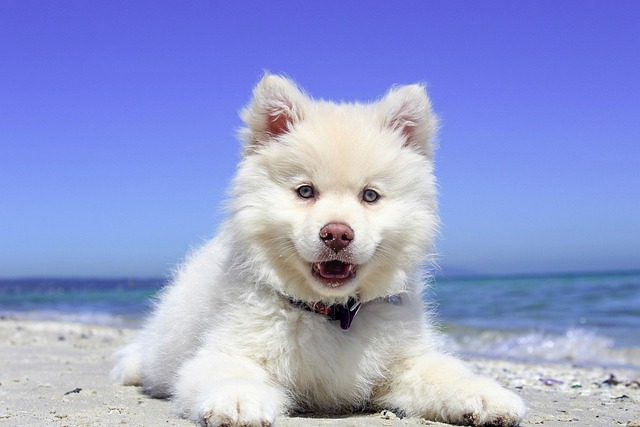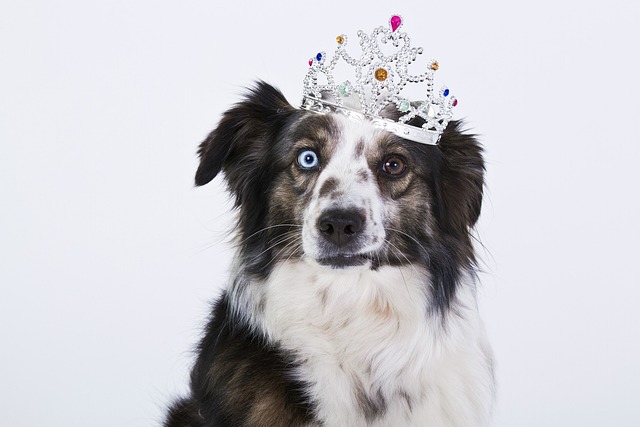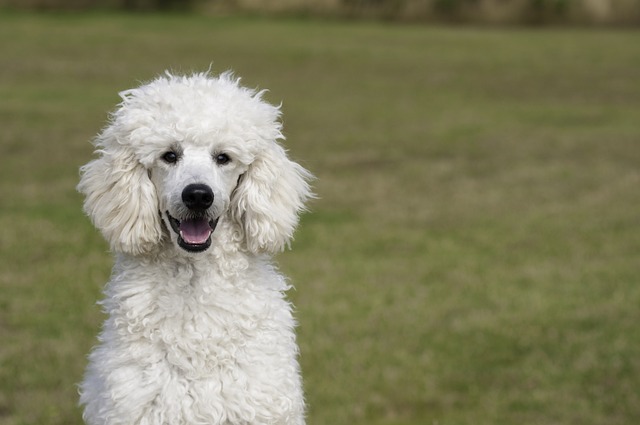
is it normal for dogs skin to peel
If you’re a new dog parent in the US—maybe you’re sitting on your Chicago apartment floor, brushing your 9-month-old rescue Lab mix
If your dog has ever had a weepy, red, or irritated eye, you know how unsettling it can feel. Maybe you noticed them pawing at their face during a morning walk or blinking more than usual after a day at the local park. Eye infections in dogs can seem to pop up out of nowhere, but most of the time, there’s a specific—and often preventable—underlying cause.
One of the most common triggers is environmental irritation. Think about your daily routine: walks in the neighborhood, playdates at the dog park, or even just roaming your backyard. Dust, pollen, sand, or even a stray grass seed can easily find its way into your dog’s eye, leading to inflammation and secondary infection. Breeds with prominent eyes, like Shih Tzus or Pugs, are especially vulnerable. Then there are bacterial and viral origins. Contagious pathogens can spread quickly in settings like doggy daycares, grooming salons, or multi-dog households. This is why keeping up with core vaccines, such as those for canine distemper and adenovirus, isn’t just medically recommended—it’s often legally required across many U.S. states.
Allergies are another sneaky culprit. Just like people, dogs can be allergic to pollen, mold, or even certain ingredients in their food. The resulting inflammation makes the eye more susceptible to infection. Less commonly, underlying health issues like dry eye (KCS) or anatomical problems, including entropion (where the eyelid rolls inward), can create chronic vulnerability. If you notice recurring symptoms, a vet visit is essential. Never try to diagnose or treat at home without professional guidance, and avoid using human eye drops—what works for you can be harmful to your pup.

When it comes to daily management, prevention is your best strategy. Wipe your dog’s face and eye area gently with a clean, damp cloth after outdoor activities, especially if you’ve been hiking or walking in windy weather. If your dog is prone to allergies, ask your vet about antihistamines or dietary adjustments. Always use positive reinforcement during eye cleaning or treatment routines. Offering a small treat or verbal praise after administering prescribed eyedrops helps create a calm, cooperative experience. This reward-based approach isn’t just kinder—it’s aligned with animal welfare norms in the U.S. and Europe that strongly discourage physical restraint or punishment.
For apartment dwellers or those with limited outdoor space, be mindful of high-traffic dog areas. Avoid shared water bowls at community dog runs, as these can be breeding grounds for bacteria. Always carry your own collapsible bowl during walks. And remember, cleaning up after your pet isn’t just about poop—it’s also about minimizing environmental contamination if your dog has any contagious condition. Following these practices isn’t only considerate; it helps you stay compliant with local leash laws and public health ordinances.
Regular check-ups, mindful grooming, and a clean living environment can dramatically reduce the risk of eye infections. When in doubt, call your vet. Catching issues early is easier, safer, and far less stressful for everyone involved.

If you’re a new dog parent in the US—maybe you’re sitting on your Chicago apartment floor, brushing your 9-month-old rescue Lab mix

If you’re a new dog parent in the US—maybe you’re sitting on your Chicago apartment couch, petting your 9-month-old Golden Retriever

You’re standing in the pet care aisle, staring at a wall of grooming products—each bottle promising a softer coat, fewer tangles, and a happier dog.

If your dog has ever had a weepy, red, or irritated eye, you know how unsettling it can feel. Maybe you noticed them pawing at their face during a morning walk

You’ve probably noticed your Pomeranian’s little belly hanging a bit lower these days, or maybe they huff more when climbing stairs—signs those extra pounds are starting to slow them down.

Watching a tiny puppy explore the world makes you wonder about all the little details that will shape them—including whether their coat will grow into a fluffy, long-haired style.